Coil
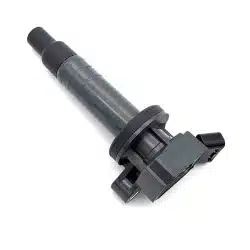
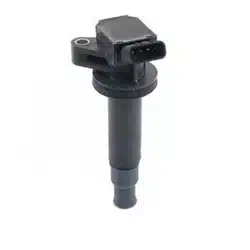
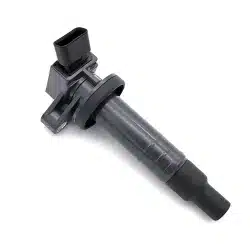
Coil import
One of the main systems of the technical section of a car is its electrical system. This system generates the electricity needed to spark the plugs. In fact, the four main pillars of starting and continuing the operation of combustion engines are suction, compression, explosion, and discharge. One of these four pillars, the correct and timely explosion process, depends on the flawless operation of the car’s electrical system.
This system also has other tasks such as providing the energy needed for other electrical parts of the car. The car’s electrical system is made up of various parts and components, each of which plays an effective role in performing one of the tasks of this system. Parts such as a spark plug, which is responsible for sparking in the explosion chamber, or a battery, which is the provider of the car’s electrical power.
What is a coil and what is its use?
A coil is one of the components of a car’s electrical system. The coil in this system is responsible for providing electricity for sparking and burning gasoline. In fact, internal combustion vehicles need a potential difference of about 7,000 to 25,000 volts for sparking and generating explosion and power within the cylinder. This difference varies depending on normal conditions, when the plugs are dirty, or unfavorable fuel conditions. Now, the potential difference produced by the battery in ordinary cars does not exceed about 12 volts. Even this figure may be less affected by the battery life or some other influential conditions. Therefore, the potential difference produced by the battery cannot enable sparking by the plugs. The coil demonstrates its efficiency in this regard.
The coil is actually an amplifier coil that strengthens the voltage produced by the battery and delivers it to the plug that is ready to burn at the right time. The coil has different types and is also used in applications other than automotive. The basis of the car coil’s work, which takes place within its coils, is based on the induction of electric current. Therefore, in short and simple terms, the coil takes a low-voltage electric current from the battery, brings it to the required voltage for sparking the plug, and sends it to the plugs and cylinder.
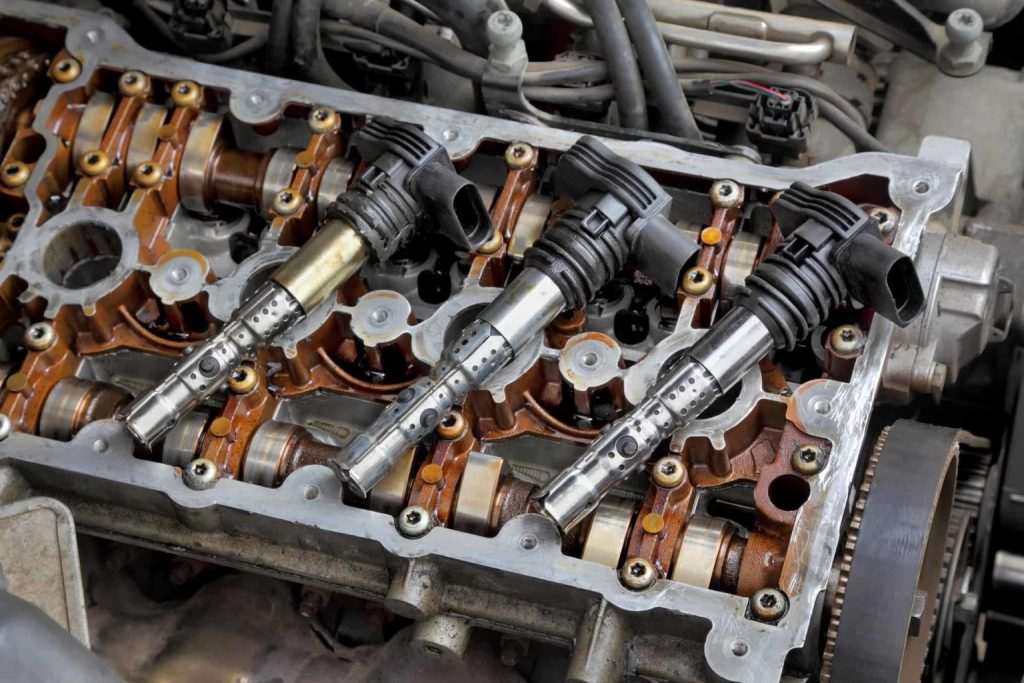
Structure and Components of a Coil
A coil, based on the laws of physics and magnetism, increases the input voltage from the battery through its own wire winding and iron core. This not-so-complicated piece generally has three main parts:
- Primary winding: The number of wire turns in this winding is about 250 to 350 loops, which creates a resistance of 3 ohms.
- Secondary winding: The number of wire turns in this winding is about 15 to 30 thousand loops.
- Central core: Made of a special and heat-resistant alloy, such as platinum alloys.
Other parts of the coil include:
- Spark plug base: The number of these bases is determined based on the number of engine cylinders.
- Wire winding insulator: Used between wire windings to prevent damage to the wire windings due to the heat generated in them.
- Main body: Usually made of aluminum, which has a high heat transfer coefficient.
Coil windings are usually made of copper. In the coil structure, the primary winding wraps around the secondary winding. Both are wound around a single core. The electric current entering the primary winding with a low turn induces electricity in the secondary winding with a high turn. This transfers the input voltage and increases it by several thousand times. It should be noted that in the process of this transfer and voltage increase, the coil converts direct current into alternating current.
Types of Coils
Coil types are generally divided into two categories: with wire and without wire. Of course, these two categories themselves have various subcategories. But before getting into these two categories, it would be helpful to take a brief look at the function and application of the wire. The wire is a piece that is responsible for transferring electricity from the coil or distributor to the spark plug. However, the wire was used in relatively older cars, and today, car manufacturers completely eliminate it to prevent energy waste, and they transfer electricity directly from the coil. In this type of design, the coil is placed directly on the spark plug to prevent voltage drop and energy waste.
Coils with Wire
These coils, which are used in slightly older cars, are divided into two categories.
Regular Coils
These are simple cylindrical coils that use a distributor next to them. These coils, which are responsible for arranging the sparks, are usually used in carburetor cars or injector cars that have a distributor system. These coils arrange the sparks.
Double Coils
This category of coils, which are usually used in injector cars, set the sparking simultaneously and in pairs in cylinders one and four and two and three.
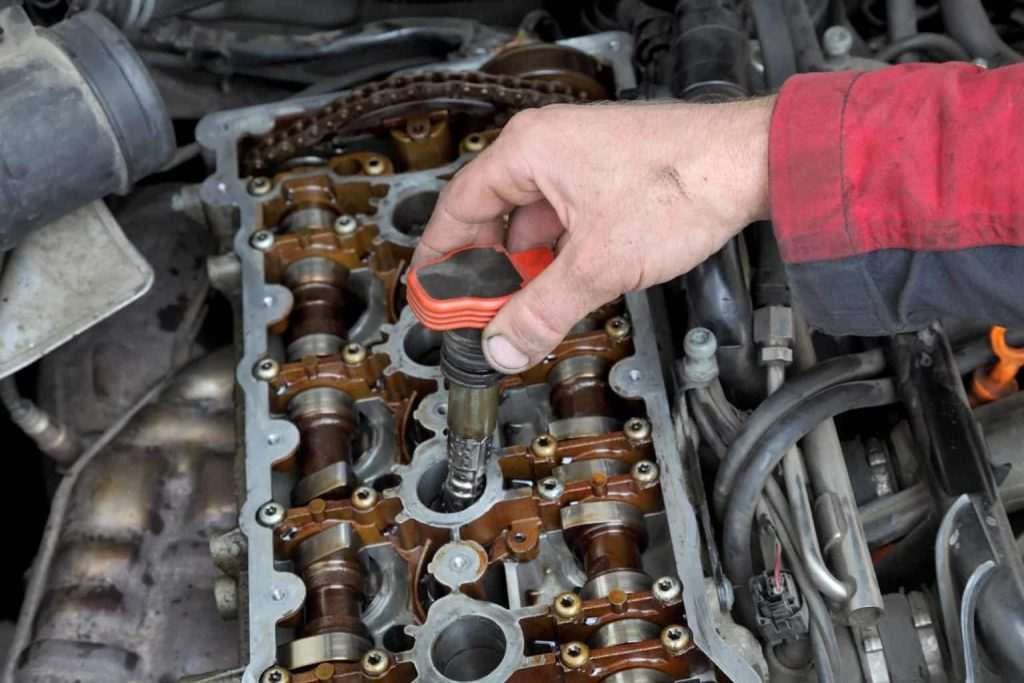
Coils without Wire
These coils, which are used in cars with newer electrical systems, are also divided into two categories.
Book Coils
These coils have a structure similar to double coils but are used without wire. Their form is wider due to their double state and are therefore called book coils.
Pen Coils
This type of coil, also known as a pen coil, can only be seen in advanced injector cars. Their produced voltage is very high and one of them is used for each cylinder.
Considering what has been said, we see double coils in both the without wire and with wire types, which set the sparking in pairs and simultaneously, but one uses the wire for help and the other is directly connected to the spark plug.
For the import of various types of spare parts, including spare parts for domestic and foreign cars, contact Tata Trading Company. Our connection with various companies around the world enables us to provide you with the best and highest quality spare parts from different brands, bringing you a profitable and easy trade.

